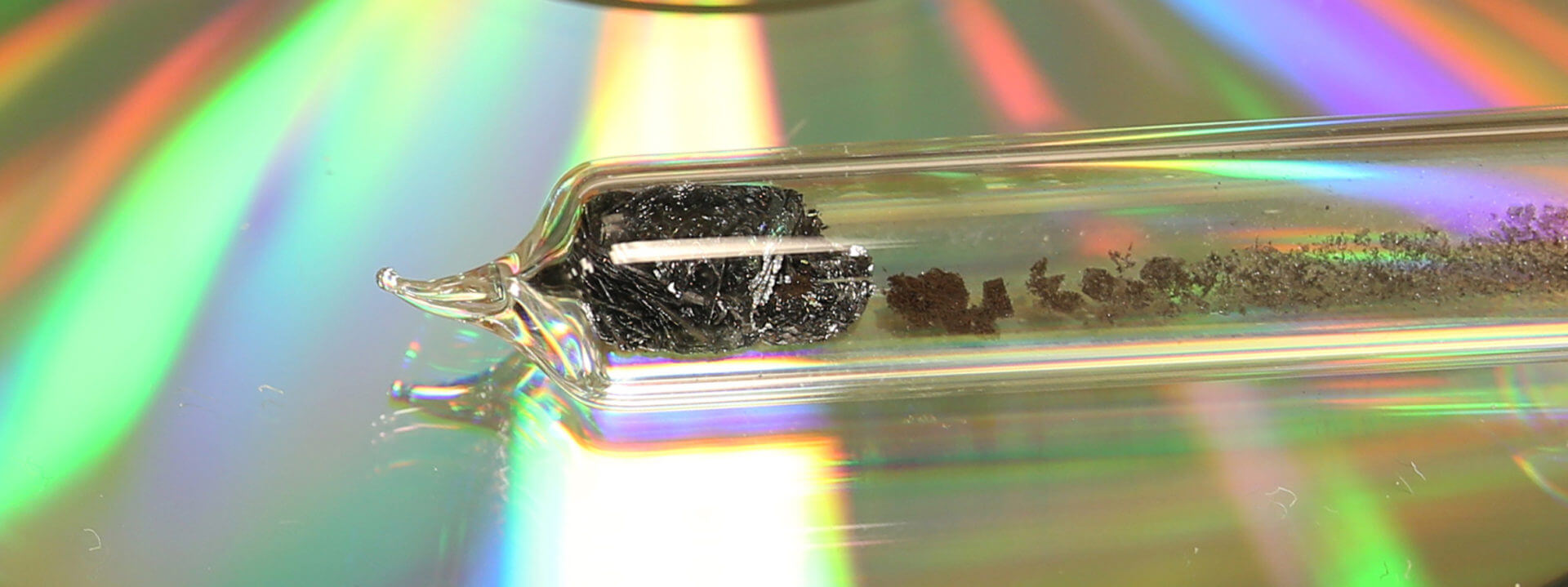Is Black Arsenic Phosphorous the Next Silicon?
Silicon has long been the heart of modern electronics — but the material has its limits (for example, it cannot be easily bent for wearables), so scientists have been searching for substitutes. In 2010, silicon alternative graphene won the Nobel Prize in Physics. Another alternative is black arsenic phosphorous.
A team of USC Viterbi researchers — including lead researcher Bilu Liu, Assistant Professor Han Wang Rohan Dhall, Associate Professor Stephen B. Cronin, Professor Chongwu Zhou; and Ph.D. students Ahamad Abbas, Mingyuan Ge and Xin Fang of the Ming Hsieh Department of Electrical Engineering; in collaboration with Technische Universität München, Universität Regensburg and Yale University — have now developed a new method to synthesize black arsenic phosphorous without high pressure.
The researchers are most excited about the ability to adjust black arsenic phosphorous’ electronic and optical properties. With these adjustments, they have achieved a range that cannot be achieved by any other 2-D materials thus far, including the ability to sense long wavelength infrared (LWIR) waves.




